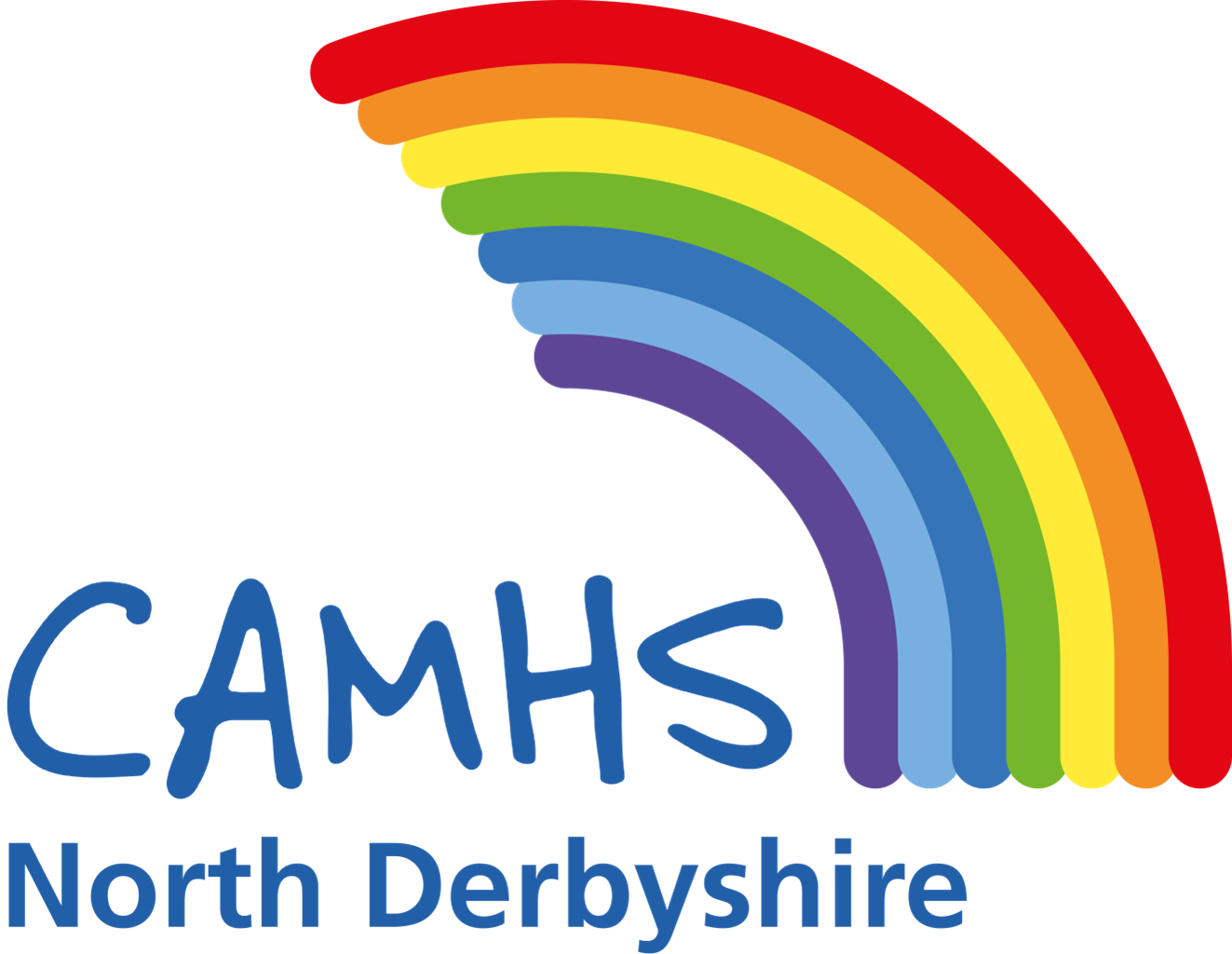learning disabilities
Introducing Routines for Young People with a Learning Disability
Introduction
Children and young people with learning disabilities and/or autistic spectrum disorders (ASD) need clear routines. Because of their diagnosis, they may find it difficult to understand situations or to structure their time. They may also struggle with sequencing actions that they need to complete.
If a young person does not know what will be happening – either immediately or in the future – this can lead to uncertainty and make them feel extremely anxious. An effective way of supporting a young person is to structure the environment around them with clear routines.
When asked to do something, children and young people can react by challenging their caregivers. This could be because they are unsure of what is happening, do not understand what is being asked of them, or because they dislike the task they are being asked to complete.
WHY ARE ROUTINES HELPFUL?
A routine is a sequence of actions or activities that regularly take place in the same order. Most of us like life to be predictable as it helps us feel more secure. This is even more important for people with learning disabilities/ASD.
Routines can help young people to understand what is expected of them in specific environments and situations.Well established routines can help to reduce a young person’s anxiety as they can be confident in knowing what will happen next, how people around them will behave and what they will need to do.
Examples of routines and how to implement them
Different young people will be able to cope with a different amount of information in a routine. Some young people may be able to cope with information about the whole week ahead whereas other young people may only be able to cope with information about the current day or even the next activity. Some examples of possible routines are shown in the diagram.
Once a routine has been decided it is important that it is followed through in the same way each time. Some children may only need to complete a routine a couple of times to be confident about it, for other children it may take many repetitions of the routine.
Lots of changes will make routines unpredictable and will not give the stability the young person requires. This could result in a young person becoming confused and anxious. If there is going to be a change to a routine or plan, clearly communicate this to the young person before it happens, using simple language that is supported with pictures/symbols if possible. Pictures and symbols remind the young person and make it more real.
Ensure there is enough time for the young person to complete tasks without feeling rushed. If needed, allow time, or build time into the routine, to relax. This will further reduce any anxiety that the young person may have.
When a new routine is first introduced a young person may increase their challenging behaviour until the routine feels familiar and safe to them.
The increase in challenging behaviour may be a result of the young person being unsure of what is happening. Therefore it is important that this is communicated in a clear and simple way.
Challenging behaviour may also occur as a way of challenging the new boundaries of the routine. With perseverance of using the structured routine this should reduce with time as the child learns to accept the new boundaries and feels safe in the routine.
Practical ways of introducing routines
VISUAL TIMETABLES
A visual timetable showing each stage of the routine in picture form in the correct sequence can be useful for showing young people what will happen. Timetables can show a small part of the sequence at a time or can demonstrate the whole routine.
USING OBJECTS AS A VISUAL PROMPT
Some children may find it helpful to have a clear prompt that they are about to start a familiar routine. An object that the child closely associates with the routine could be shown/given to them before starting the routine. For example, a sponge for a bath time routine, a specific cup for a mealtime routine.
REWARD SYSTEMS
Providing a reward for completing a routine can help to make it a positive experience and it can serve as positive reinforcement for understanding the routine. The reward can be anything that the child enjoys. Examples include: praise (e.g. “well done”); interaction; tangible rewards (e.g. a magazine); time doing a favourite activity (e.g. watching a film); and attention (e.g. smiles, hugs).
When to consider asking for more specialist help
Consider asking for more specialist help if you have followed the advice on this page and difficulties persist that have a negative impact. Please talk to your Paediatrician, Social Worker, or School about a referral to the LD-CAMHS team.
Further support, advice and self-help
The National Autistic Society provides information and support for people with Autism and their families and for professionals. They are a very active organisation and offer some really useful information about strategies and approaches for supporting people with Autism.
Website
The British Institute of Learning Disabilities also have some useful information and further advice about a variety of common issues.
Website
Local Offer is a Derbyshire-specific site which allows you to search for lots of different services, including parenting support groups, in the local area.
Website




